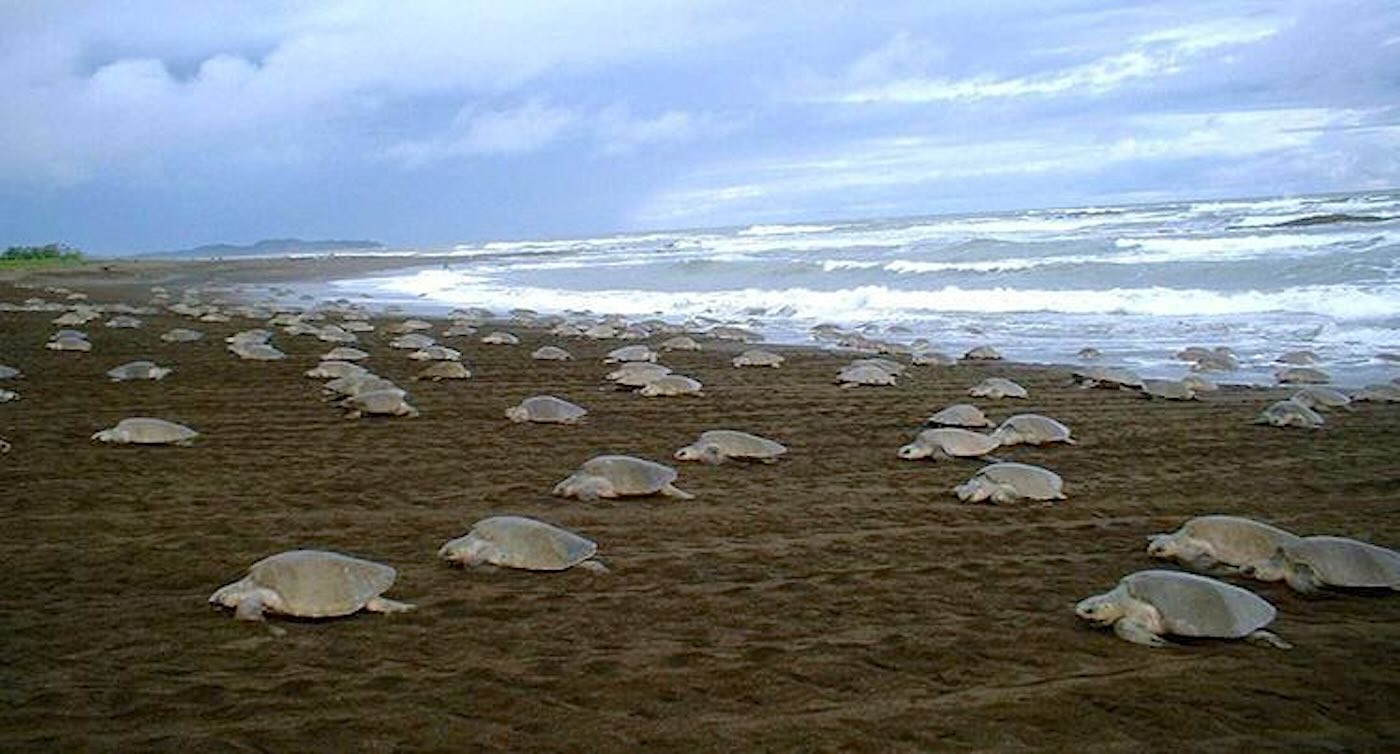Sea Turtles on the Rise: A Success Story for Marine Conservation

Once facing severe threats from overhunting and habitat loss, sea turtles are making a remarkable comeback thanks to concerted conservation efforts and protective legislation. A new study reveals that many of the world's seven species of sea turtles are rebounding, demonstrating resilience and adaptability as ocean conditions change.
Positive Conservation Outcomes
Recent research conducted by scientists at the University in collaboration with NOAA Fisheries indicates that most sea turtle populations are increasing. With stronger protections in place, more turtles are nesting on beaches that prioritize their safety. For example, the reduction or removal of artificial lighting that confuses baby turtles has shown positive results, directly aiding in their journey to the ocean.
The Role of Changing Public Values
The resurgence of sea turtle populations also reflects a significant shift in societal values. Younger generations increasingly view sea turtles not as commodities, but as essential components of marine ecosystems. Many former poachers have transitioned to ecotourism, leading responsible tours that facilitate public engagement while providing sustainable livelihoods for villagers.
Significant Trends in Population Growth
According to the findings published in *Nature Reviews Biodiversity*, significant population increases were observed to be three times more common than decreases across various species. Notably, four out of five regional populations of green sea turtles are showing growth, including a staggering 500% increase in eggs laid in the Seychelles. Such statistics underline the effectiveness of protective measures implemented in recent decades, such as the Endangered Species Act in the United States.
Adapting to Climate Change
While challenges remain—particularly for leatherback turtles, who are struggling amid the effects of climate change—emerging data suggests adaptability as some species, like loggerheads, are starting to nest in cooler areas. This adaptability could offer a buffer against future climatic shifts and help maintain population stability.
In conclusion, the upward trends in sea turtle populations signify a hopeful narrative in marine conservation efforts. With continued protective measures and a commitment to ecological integrity, there is reason to believe that these magnificent creatures will thrive for generations to come. Their remarkable resilience reminds us of the power of conservation and the importance of preserving our natural world.